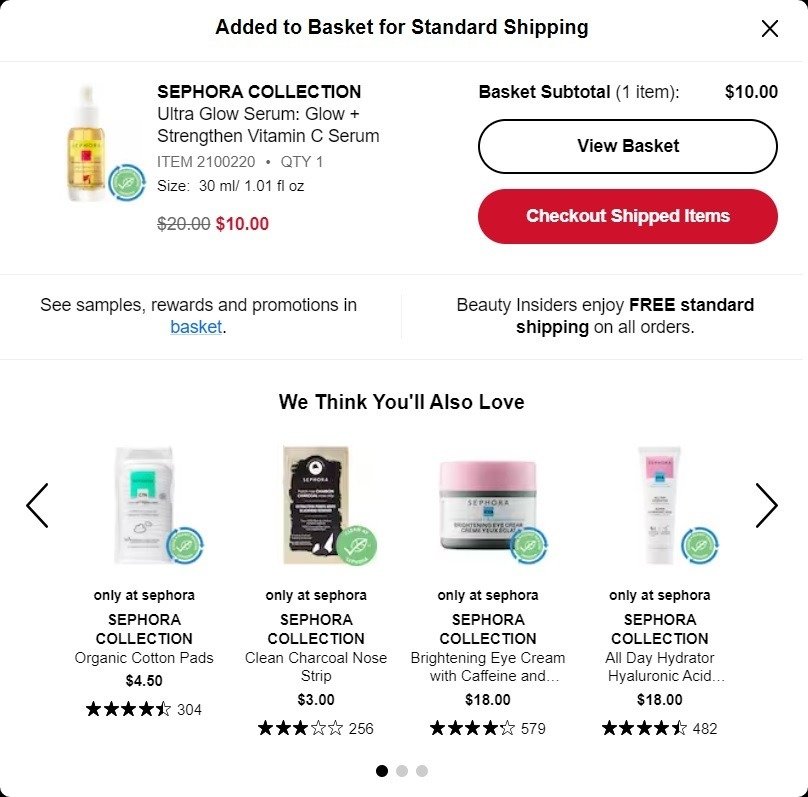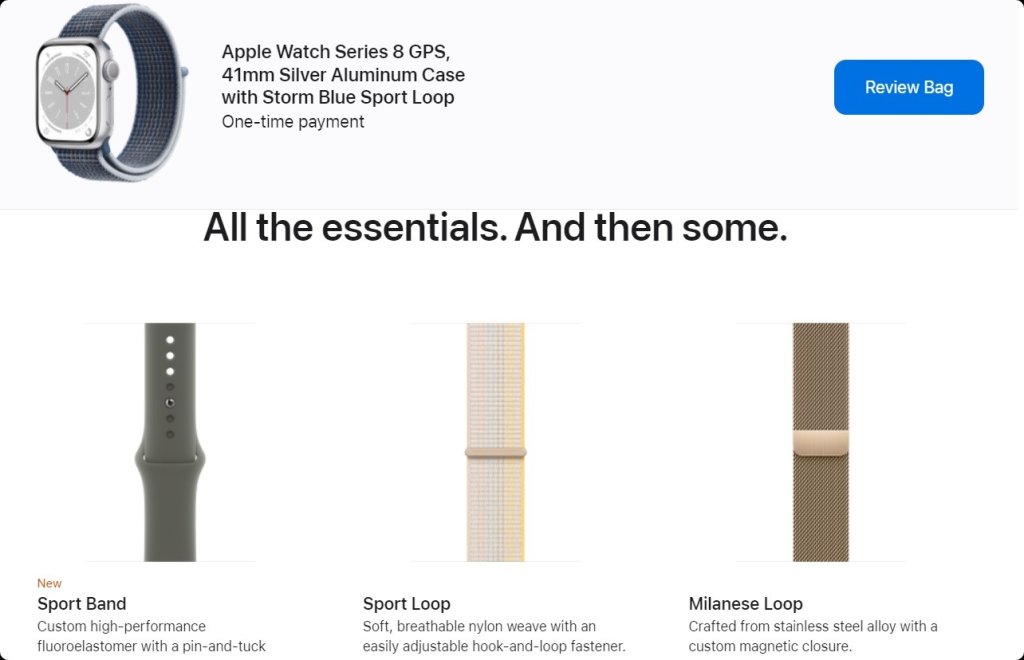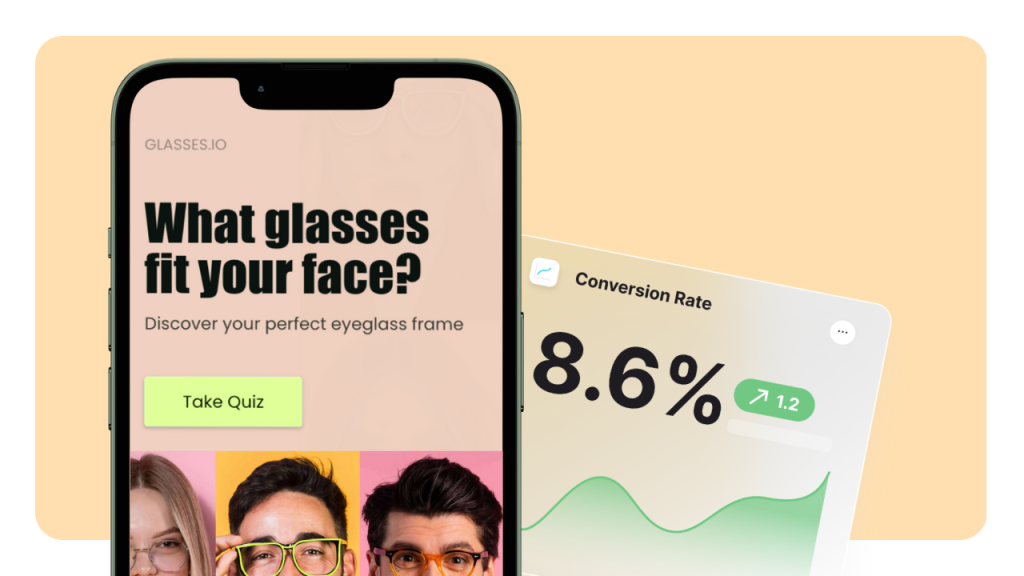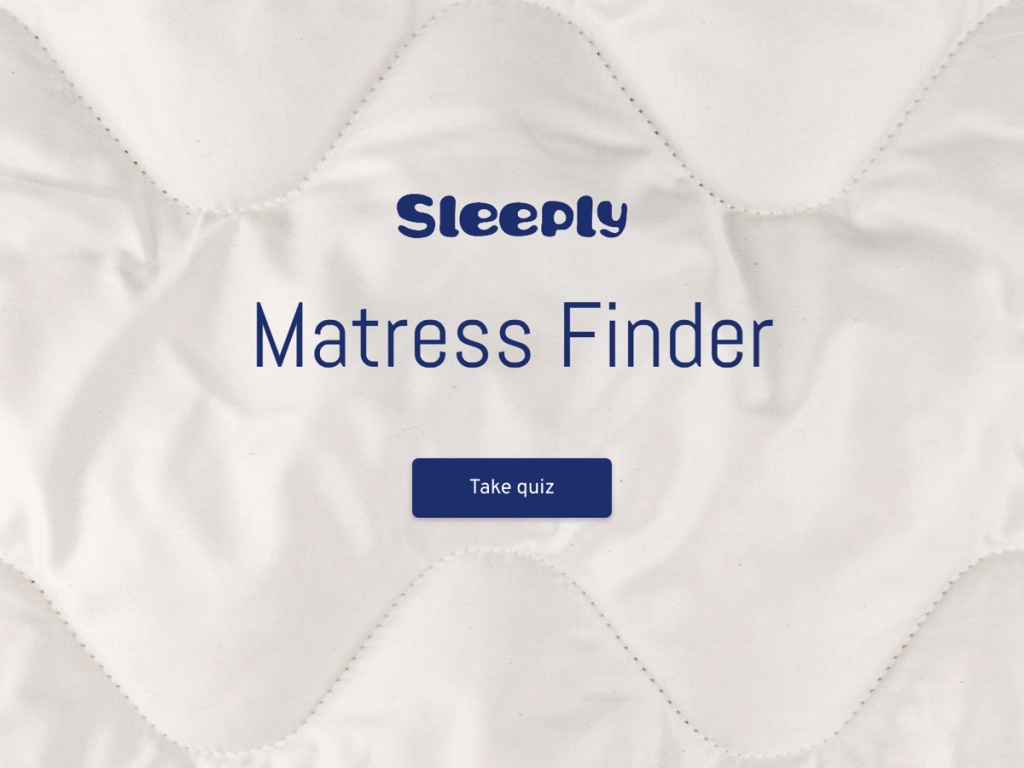Personalized product recommendations improve user experiences and increase sales. If it were a physical shop, it would mean being greeted by an assistant who knows your preferences and can present you with carefully curated suggestions.
But attaining the full potential of personalized product recommendations is a complex business, there are many different ways to personalize your offering. There is also a lot of competition, and keeping up with rivals requires an adherence to the best practices of product recommendations. But first, let’s cover the basics.
What Are Product Recommendations?
Whether your company sells payroll software that makes processing a direct deposit simple or flower bouquets that can be posted through a letter box, product recommendations are an unmissable opportunity to present a diverse range of your goods to customers.
It makes the use of Artificial Intelligence (AI) and data-driven insights to pick out the relevant products for the right person.
Anyone who has shopped online has likely experienced product recommendation in one form or another - to varying degrees of effectiveness. Sometimes you’re offered an uncanny list of suggestions that imply a very accurate understanding of your personal tastes. Other times you’re left wondering what has gone wrong to make the algorithm offer such obscure products.
Mastering personalized product recommendations mean utilizing technology that can expertly analyze customers’ browsing behavior and purchase history or provide information to generate highly personalized suggestions that capture customer’s attention at just the right moment.

Why Personalization Matters
A personalized shopping experience creates a satisfying customer experience and delivers a higher chance of boosting your sales. Many websites will track which products a person looks at and adjust product recommendations in real-time to reflect what a customer needs at that moment.
This can present customers with options they might not have considered or otherwise found if you hadn’t presented it to them at the right time. Say they are looking to purchase a new phone, do they need a spare charger - maybe one for at home, another for the office?
To take personalization one step further, incorporate a product recommendation quiz into your eCommerce site for valuable insights into your customer preferences and shopping needs.
These types of quizzes can be particularly useful when it comes to more complex products or in B2B environments. For example, you offer various HR software options, customers might ponder which best fits their requirements and may have detailed queries like what is the difference between exempt and non exempt employees?
By offering a quiz, you can not only direct customers to the right package but also to information and resource pages that will make it easier for them to make an informed choice and helps to build trust in your brand.
Create Your Own Online Product Recommendation Quiz
Get Started with 300+ Templates
Home Insurance Finder Quiz Template
B2B Product Finder Template
Glasses Recommendation Funnel Template
What Mattress Is Best For You? Template
What Are the Types of Recommendations?
These are the various strategies by which you should be recommending products to customers.
Recently Purchased and Viewed
Recently purchased and viewed recommendations play a simple but effective role in reminding customers what products they just bought. This keeps your relationship with them fresh in mind and strengthens the customer-brand connection.
Recently purchased can be particularly useful for products that a customer may be likely to buy again, making it simple to re-buy with a couple of clicks.
Additionally, recently viewed keeps a useful history of a customer's browsing. This keeps items in the minds of the customers, so they’re more likely to purchase them in the future.
Most Popular Recommendations
When there are a lot of items to choose from, it helps to shine a spotlight on the options that other customers have picked time after time. It’s good if you have product reviews on display in conjunction with this strategy. Customers will be more likely to opt for a product if they know that others like it.
Most popular product recommendations help customers to narrow down their list of possible options significantly, making the whole process quicker. They also instill in people a sense of trust; they’re spending their money on a good quality product that serves its purpose well.

Bought Together Recommendations
These personalized recommendations should absolutely be part of your ecommerce strategy. They can either appear as a pop-up when a customer puts something in their cart and/or when they look at their cart. The opportunity is that they are already making a purchase, so adding complimentary product suggestions can be an easy way to make it a higher-value sale.
For example, if a customer buys a new pair of shoes, the recommendation can be shoe polish or any other care product. The extra purchase won’t raise the price of their cart so much to put them off buying it, but it will raise the cart's value for your business.
Automatic Recommendations
These recommendations utilize a personalized product recommendation engine to suggest the right product based on customer data to ensure accurate and helpful suggestions.
Automatic recommendations can quickly update to reflect changes in a customer's browsing behavior and purchases. This is a highly personal and effective tool to use, like having a personal shopping assistant deployed on your website 24 hours a day.
Craft Predictive Journeys
In order to develop effective predictive journeys you need to anticipate and satisfy a customer’s needs before they arise. Whether they’re looking for a new laptop or any other product, their experience is enhanced by a good predictive journey. This can be done by analyzing historical data and user behavior.
With this information, you can then draw a roadmap that guides customers through the whole shopping experience with ease using personalized interactions. You’ll map out a series of suggestions that align with the customer's evolving preferences, past purchases, and browsing patterns.

The effective use of predictive journeys can make a customer’s experience better for them and more valuable for you. They can also help to cultivate loyalty as they raise customer satisfaction. They make customers more likely to return again to a company again, as it provides a personalized experience.
To create these customer journeys effectively, employ advanced analytics and machine learning algorithms to identify pertinent insights and trends. This ensures that each recommendation resonates with the customer's unique journey.
Create Compelling Recommendations
Crafting effective product recommendations requires a blend of data-driven insights, creative marketing strategies, and a deep understanding of your customers. Here are some best practices to consider:
Social Proof. Social proof is an excellent tool to increase the credibility of a product. Use reviews and ratings strategically to catch a customer’s eye and increase the chances they’ll take a closer look.
Personalization. Tailor recommendations based on customers' preferences, purchase history, response to different types of quizzes, and browsing behavior for a more individualized experience.
Comparison Widgets. These can be very helpful when a customer is trying to make a decision. These widgets present similar products and their features next to each other, enabling them to make an informed choice.
Discounts and Sales. Everybody loves a bargain. Highlight products that are currently enjoying a discount to entice customers to make purchases, thus increasing your conversion rates.
Omni-Channel Marketing. Extend your recommendations beyond your ecommerce store to follow-up emails, social media, push notifications, and mobile apps for maximum reach and impact.

How Do You Give a Product Recommendation?
E-commerce is often about catching customers at just the right moment with the right item. Let’s imagine that a customer is googling “payroll processing”. An HR and payroll tech company like Paylocity will work hard to ensure its product appears front and center.
It's also essential to understand the reasons why most Shopify stores fail so you can avoid common pitfalls. Recognizing these challenges can help you fine-tune your product recommendation strategies and maximize your online store's success.
While crafting effective product recommendations is one part of the plan, placing them strategically throughout your e-commerce platform is equally vital. Here are the best locations to use.
Homepage. Catch the attention of first-time visitors with "Most Popular" recommendations or showcase "Recently Viewed" items for returning customers.
Product Detail Pages. On these pages, employ effective strategies like "Bought Together" or "Similar Products" to guide customers toward relevant items and encourage cross-selling.
Shopping Cart Page. Implement "Bought Together" or "Frequently Bought Together" recommendations to boost Average Order Value (AOV) and increase sales before checkout.
Search Result Pages. Suggest products similar to what customers are actively searching for, providing them with alternatives if their initial choice isn't available.

Custom Product Finder. Create a customer product finder that asks customers multiple-choice questions and offers suggestions based on their answers.
Category Pages. Utilize "Most Popular in Category" recommendations to pique curiosity and guide customers toward the most sought-after products within specific categories.
Exit Pop-ups. When customers are about to leave your site, deploy pop-ups showcasing discounted products or reminding them of items left in their cart.
Email Recommendations. Re-engage potential customers who have navigated away from your site with personalized email recommendations based on their browsing history.
The Future of Product Recommendations
Technology is advancing faster than ever and the ecommerce sector should prepare for customers' expectations to evolve with it. As the online shopping experience becomes ever more personalized and competitors seek to gain the upper hand, product recommendations will inevitably play a pivotal role in their success.
AI and machine learning will be increasingly adopted to drive commercial success. But at the heart of effective product recommendations lies a deep understanding of your customers and their needs. Prioritize their experience to make shopping with your business an enjoyable, personal experience. Be strategic about how and when you offer product suggestions so you don’t overwhelm them.
Employ a customer-first approach supported by cutting-edge technology and data analysis. This will put you in a great position to provide product recommendations that power growth for your company and keep your customers happy.









